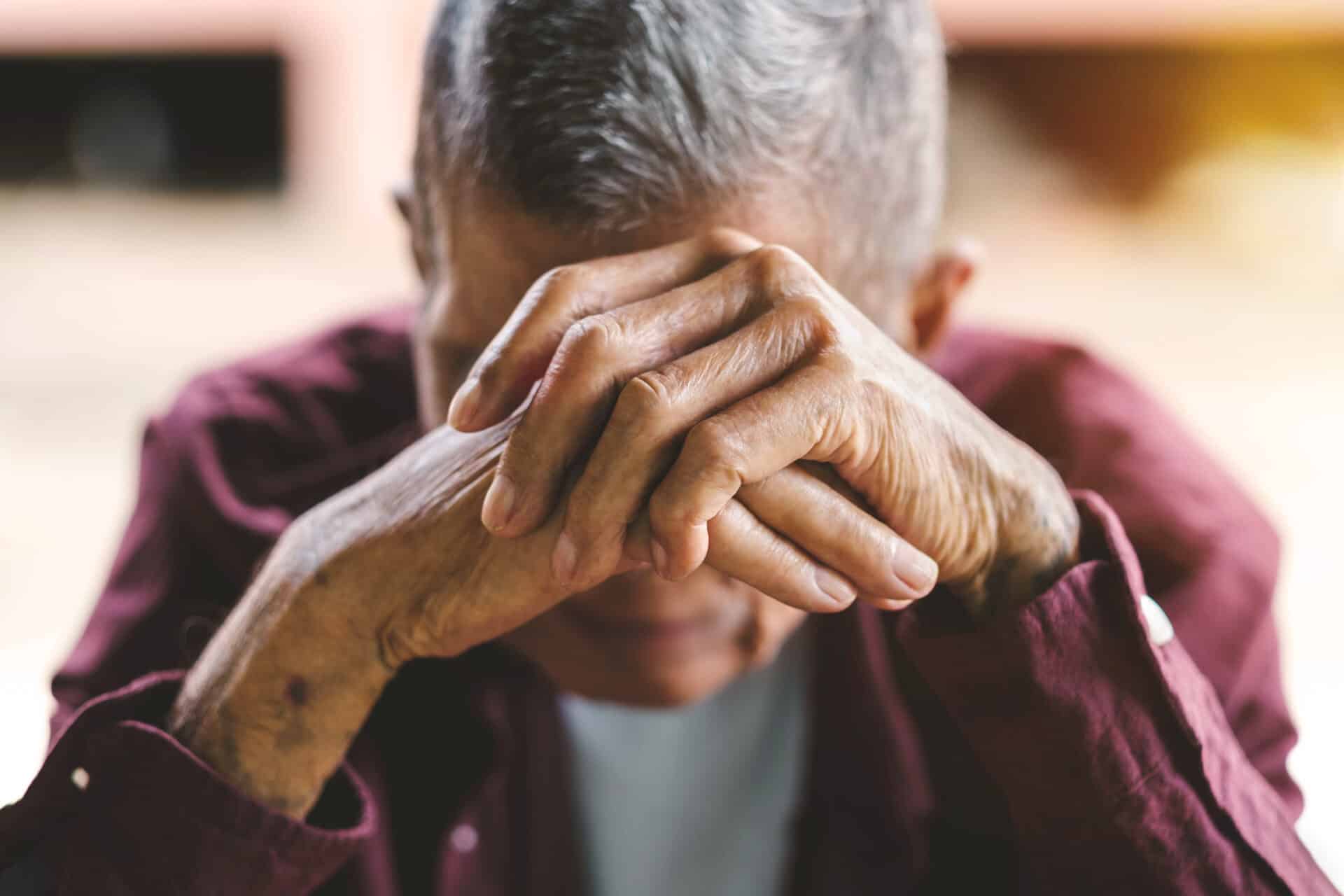Half a million people over 65 will experience some form of abuse or neglect.*

Recognising abuse in elderly people can be challenging, as it may not always be obvious. It’s essential to be vigilant and observant, looking for both physical and behavioral signs. Here are some indicators of elder abuse:
- Physical Signs of abuse:
- Unexplained injuries, bruises, fractures, or burns.
- Signs of restraint, such as marks on wrists.
- Poor hygiene, inadequate grooming, or weight loss.
- Behavioral Signs of abuse:
- Unexplained changes in behavior, such as withdrawal or sudden aggression.
- Fear or anxiety, especially in the presence of a specific person or caregiver.
- Depression, mood swings, or emotional distress.
- Financial Signs:
- Unusual or sudden changes in financial situations, including large withdrawals or transfers.
- Missing personal belongings or valuables.
- Unexplained changes to legal documents or wills.
- Neglect:
- Lack of proper hygiene, including dirty clothes or living conditions.
- Untreated health problems or medical conditions.
- Inadequate provision of food, water, or necessary medication.
- Verbal or Emotional Abuse:
- Verbal aggression, yelling, or humiliating language.
- Emotional withdrawal or attempts to manipulate through guilt or threats.
- Isolation from friends or family.
- Sexual Abuse:
- Unexplained genital infections or injuries.
- Signs of distress or fear during specific interactions.
- Sexual behavior that is inappropriate or inconsistent with the person’s personality.
- Social Signs of abuse:
- Isolation from family, friends, or the community.
- Lack of engagement in social activities they once enjoyed.
- Avoidance of eye contact or interaction.
- Caregiver Behavior:
- Aggressive behavior, hostility, or a refusal to allow visitors.
- Conflicting accounts of injuries or changes in the elderly person’s condition.
- A caregiver who is overly controlling or restricts access to the elderly individual.
- Medical Signs: of abuse
- Delayed or inadequate medical care.
- Frequent hospitalizations for injuries or health issues.
- Discrepancies between the provided explanation and medical evidence.
If you suspect elder abuse, it’s crucial to take action. Report your concerns to the appropriate authorities, such as social services or the police. Remember, the safety and well-being of the elderly person should be the top priority.